 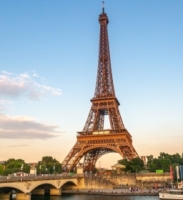
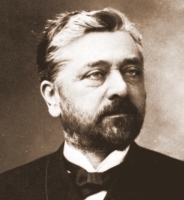 The Eiffel Tower was built between 1887 and 1889 in Paris, France, to mark the hundred year anniversary of the French Revolution, and was the centerpiece of the 1889 World's Fair. The tower is named after its architect, Gustave Eiffel.
The Eiffel Tower was built between 1887 and 1889 in Paris, France, to mark the hundred year anniversary of the French Revolution, and was the centerpiece of the 1889 World's Fair. The tower is named after its architect, Gustave Eiffel. The Eiffel Tower, bordering the River Seine in Paris, is one of the most recognisable structures in the world. It receives many millions of visitors each year. It's 330 metres tall, about the height of an 81-storey building. The tower has three levels for visitors, with restaurants on the first and second levels. The top level's upper platform is 276 m above the ground – the highest observation deck accessible to the public in the European Union. 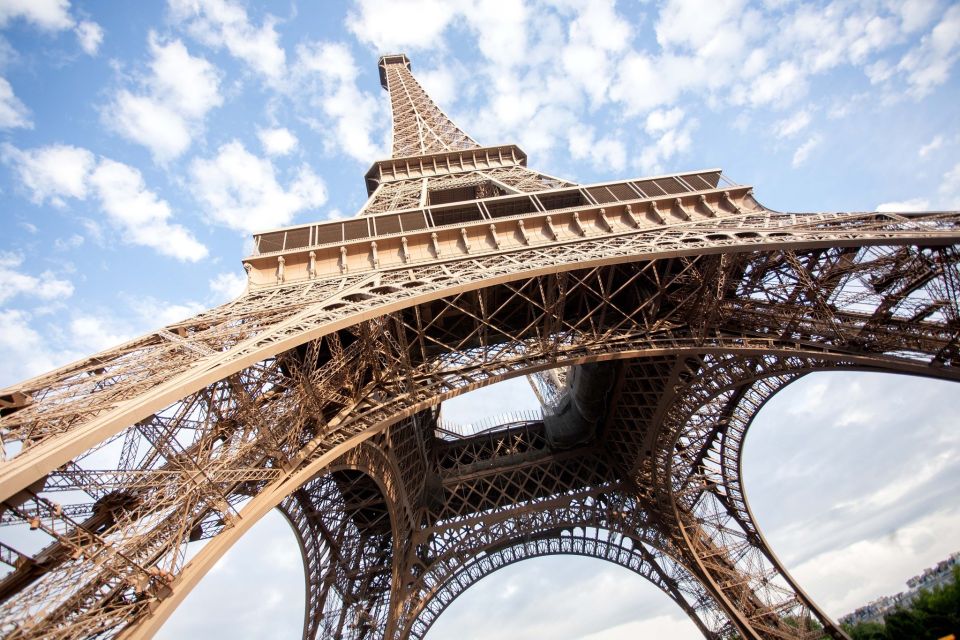
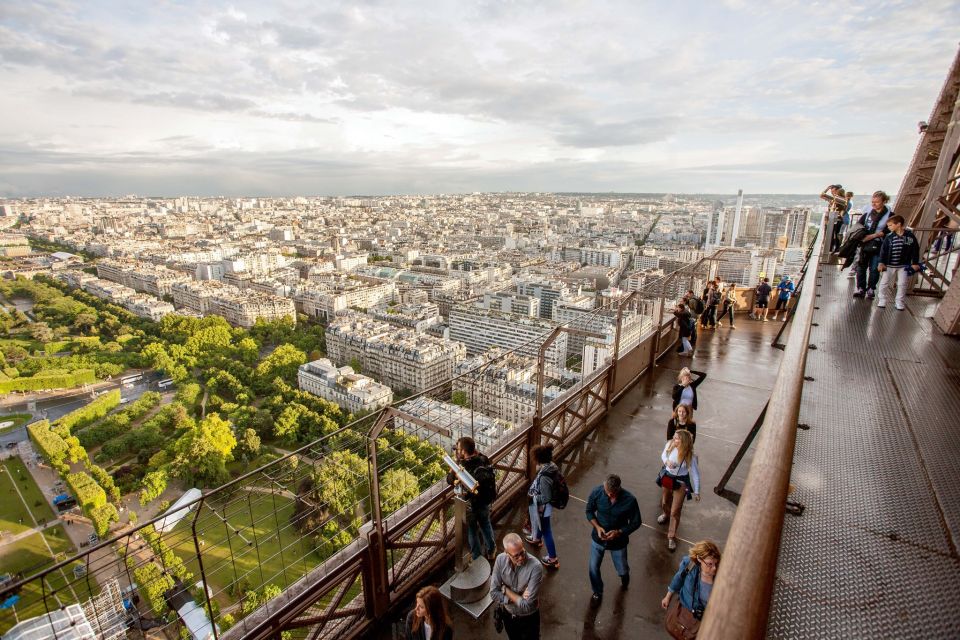
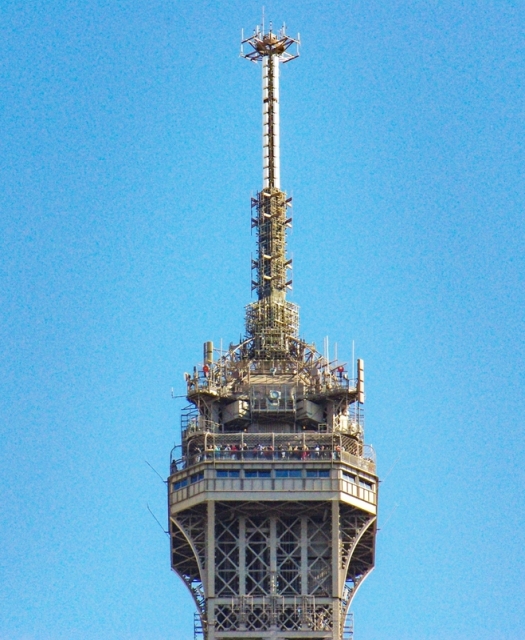 Gustave Eiffel had 72 names of French engineers, mathematicians and scientists inscribed all around the first platform of the tower. Picture at right above is the 3rd platform 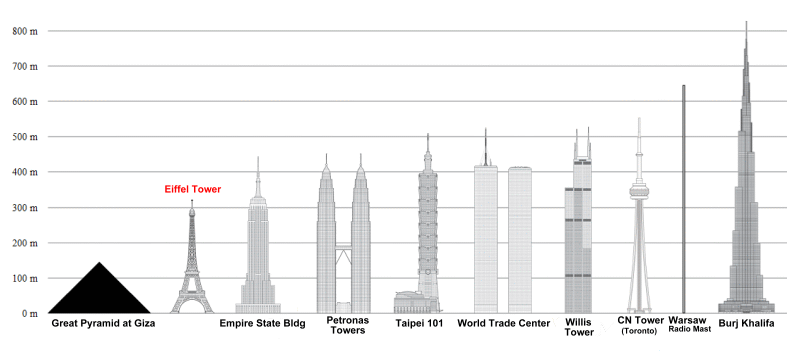 Credit: https://commons.wikimedia.org/w/index.php?curid=54960521 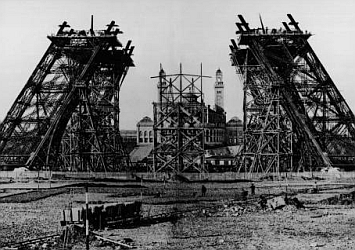 Between between 1887 and 1889, up to 200 men worked on the construction site, and 300 worked remotely in workshops in the north-west suburb of Paris. Between between 1887 and 1889, up to 200 men worked on the construction site, and 300 worked remotely in workshops in the north-west suburb of Paris.The tower was constructed from puddled iron. (Puddling is the process of converting pig iron to wrought iron, in a coal fired furnace. It was developed in England during the 1780s). The tower required 18,038 pieces of puddled iron, which were connected using 2,500,000 rivets. 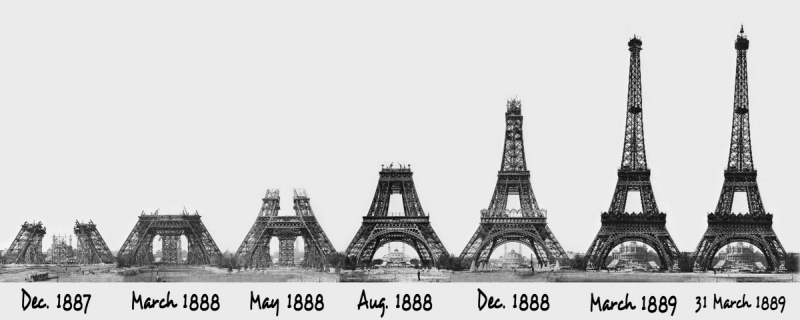 |